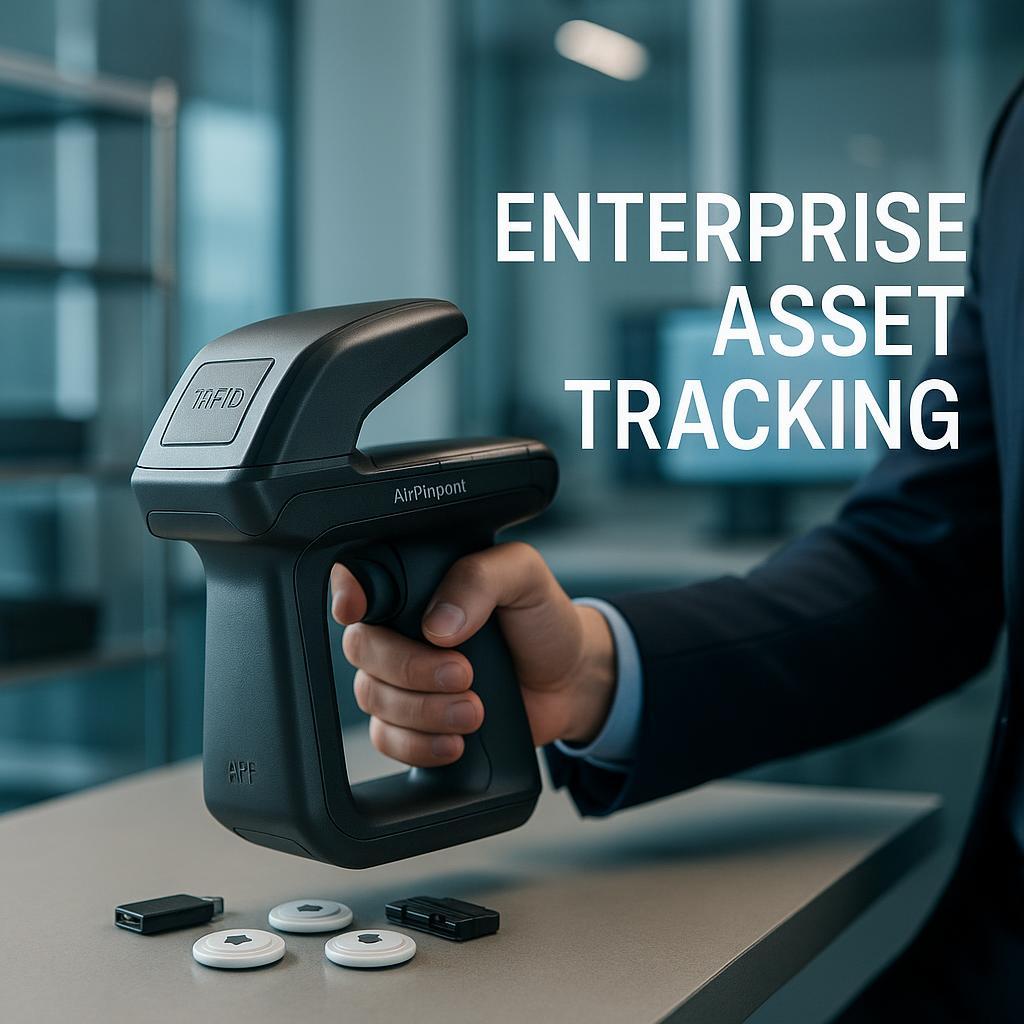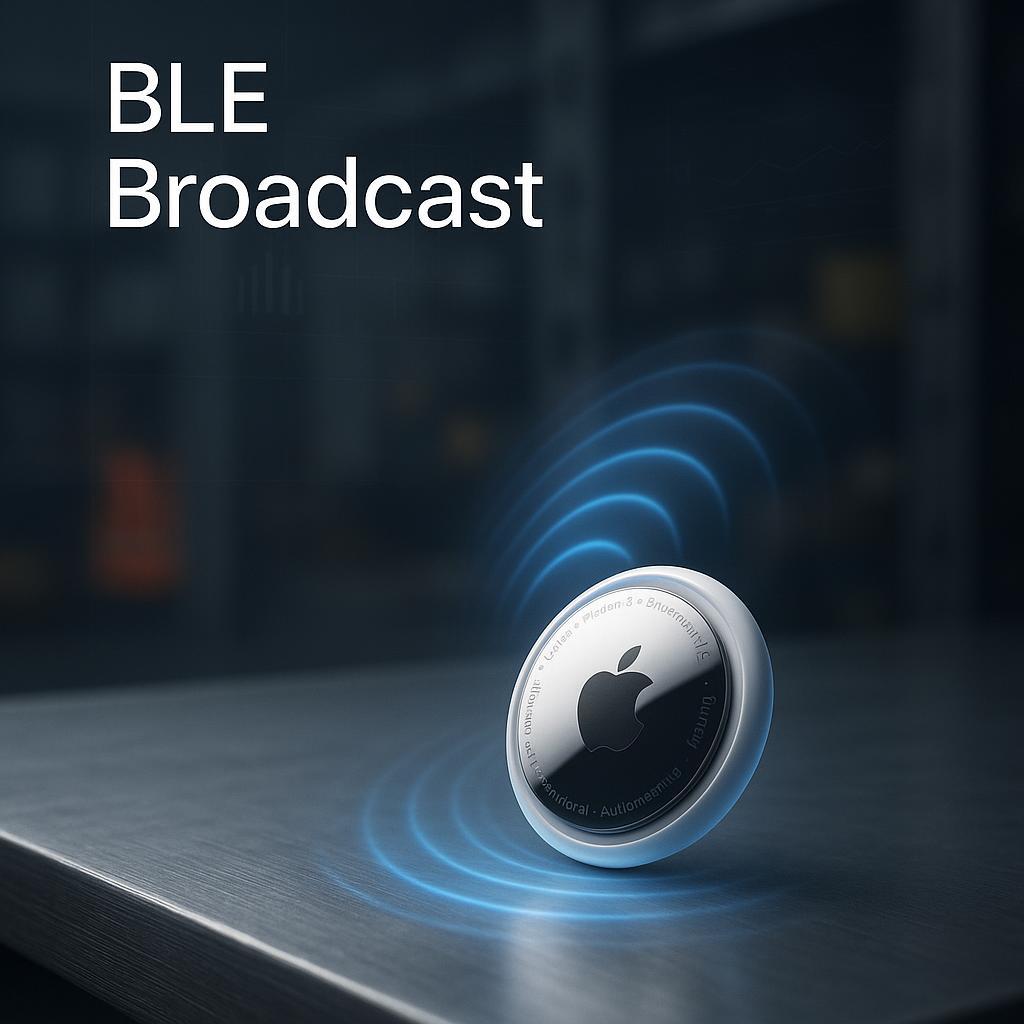BLE vs RFID: Choosing the Right Tag Technology
Infrastructure Needs
- BLE: Requires no complex infrastructure, making it easy to deploy and manage. Ideal for dynamic environments where assets move frequently.
- RFID: Needs readers and antennas, which can be costly and time-consuming to set up. Best suited for controlled environments with defined zones.
Visual: RFID Scanner Gun vs BLE Broadcast


Battery Life, Setup Time, and Cost
- Battery Life: BLE tags offer long battery life, reducing the need for frequent replacements. RFID tags vary, with passive tags having no battery and active tags requiring periodic replacement.
- Setup Time: BLE is quick to set up with minimal infrastructure, while RFID requires more time to install and configure.
- Cost: BLE is generally more cost-effective due to lower infrastructure costs and longer battery life.
AirPinpoint: BLE Without the Tech Headaches
AirPinpoint offers BLE tracking solutions that eliminate the technical complexities often associated with traditional tracking systems. With easy setup and reliable performance, AirPinpoint provides a hassle-free experience for asset management.
Conclusion
Choosing between BLE and RFID depends on your specific needs and environment. BLE offers a flexible and cost-effective solution with minimal infrastructure requirements, making it ideal for dynamic settings. RFID, on the other hand, is better suited for controlled environments with precise location tracking needs. Explore our BLE and RFID solutions today and find the best fit for your assets.


